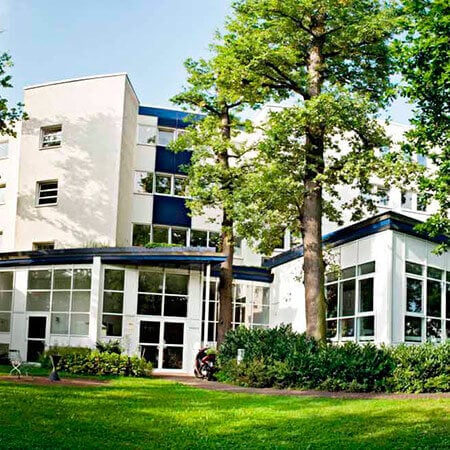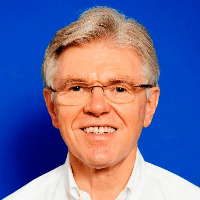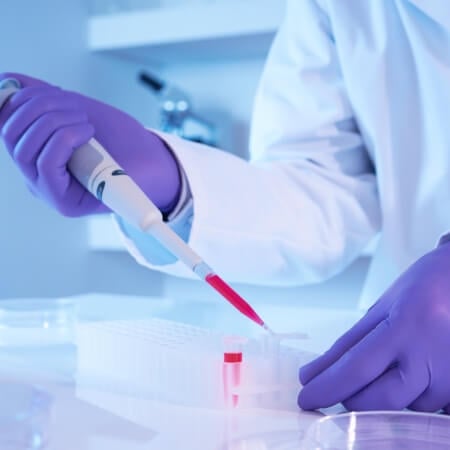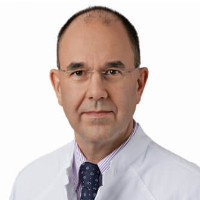Stroke — Stem Cell Therapy for Stroke: treatment in the Best Hospitals in the World
Treatment prices are regulated by national law of the corresponding countries, but can also include additional hospital coefficients. In order to receive the individual cost calculation, please send us the request and medical records.

Department of Alternative Medicine
The Department of Alternative Medicine specializes in the treatment of various types of cancer and chronic diseases using the methods of integrative medicine. The department belongs to few medical facilities in Germany, which offer individual treatment regimens using biological and integrative techniques. The department has state-of-the-art medical technologies, as well as a multidisciplinary team of competent specialists in various medical fields, including therapists, oncologists, gynecologists, urologists, orthopedists, nephrologists, surgeons, cardiologists and others. In addition, the department has a pleasant and friendly atmosphere.


Department of Regenerative Medicine
The Department of Regenerative Medicine offers all modern methods of stem cell therapy. The medical facility performs stem cell therapy based on the classical protocol, stem cell secretome (SCS) treatment, bone marrow concentrate (BMC) therapy, mesenchymal stem cell therapy, and PRP therapy that involves the injection of platelet-rich plasma. It should be noted that the medical facility has become a pioneer in Europe in the field of therapy with autologous mesenchymal stem cell secretome (SCS), the secretory products of stem cells. The department's medical team diagnoses and treats a wide range of diseases such as multiple sclerosis, rheumatoid arthritis, amyotrophic lateral sclerosis, Parkinson's disease, osteoarthrosis, knee injuries, spinal cord injuries, stroke, xerostomia, Lyme disease, urinary incontinence, and erectile dysfunction. The department also offers cell therapy for rejuvenation and hair loss treatment. The department has well-equipped diagnostic rooms and laboratories where biochemical, genetic, and imaging tests are performed. The specialists take time to study the patient's medical history and perform a comprehensive diagnosis, which helps to develop the most effective treatment regimen. The department's physicians work with innovative treatment methods that have passed all stages of clinical trials, proving their high efficiency and safety. The medical facility is the first cell therapy center in Europe to be certified according to German and European standards.

A stroke is an acute violation of the blood supply that leads to the development of stable neurological symptoms. A stroke can be ischemic, associated with a lack of blood supply, or hemorrhagic, associated with a hemorrhage. An ischemic stroke is more common, with the survival rate for this disease being higher. Unfortunately, many patients remain disabled, and they undergo rehabilitation to improve their neurological functions. Additional benefits can be obtained from undergoing stem cell treatment for stroke. Stem cells (SCs) are still not a standard method of therapy but are already used at many hospitals in developed countries. If cell therapy is not yet used in your native country, you can undergo your treatment abroad. You are welcome to use the Booking Health service to find out the price of treatment, compare treatment costs at different hospitals, and select a medical care program for your preferred dates. The cost of stem cell therapy for stroke is between 21,850 EUR and 22,800 EUR.
Content
- How do stem cells work?
- How is stem cell therapy performed?
- When can stem cell therapy be used?
- Where to undergo treatment abroad?
How do stem cells work?
Stem cells are used to enhance tissue regeneration. SCs can transform into any other cells, including neurons. In addition, they reduce inflammation, stimulate tissue repair due to the release of growth factors, and ensure the formation of new cerebral blood vessels for normal blood supply to the damaged areas of the brain.
The cause of a stroke is damage to the brain tissue. The treatment for this disease should therefore include regenerative therapy. It provides a true restoration of the brain after the death of its parts.
Stem cells alone are not enough for recovery from a stroke. They enhance the effect of rehabilitation activities and should be used in combination with therapeutic exercises, physiotherapy, and other methods.
How is stem cell therapy performed?
The patient's own stem cells are used for stroke treatment. These can be harvested from peripheral blood and bone marrow. Less often, the source of stem cells may be adipose tissue or umbilical cord blood.
Stem cells are administered intravenously. Less commonly, other methods of administration may be used, such as through a lumbar puncture or through an Ommaya reservoir into the cerebrospinal fluid. Both methods have performed well in clinical trials. Stem cells have been proven to:
- reorganize the neural network of the brain;
- reduce local and systemic inflammation;
- support axon regeneration;
- improve neuromuscular transmission;
- reduce glial scars.
Cell replacement can be achieved by differentiation of the transplanted cells into neuronal or vascular cells, which compensates for lost functions, or by direct colonization and development of neuronal progenitor cells. In vivo studies (in the body) have shown that approximately half of the stem cells in the ischemic brain develop into a neuronal phenotype 2 months after a transplant procedure.
When can stem cell therapy be used?
In studies, stem cells are used in all periods of a cerebral stroke:
- acute stroke – up to 36 hours;
- subacute stroke – up to 6 months;
- chronic – after 6 months.
The earlier therapy is started, the better the results. Japanese studies show better functional outcomes and even lower mortality rates in patients treated with stem cells during the acute period. Dozens of studies have shown improvement in functional outcomes when treated in the subacute period. At the same time, the results of studies involving patients who had a cerebral stroke more than 6 months ago are mixed. Some show improvement, while others show no significant benefit over the control group.
It is therefore better not to delay the beginning of treatment. The best results can be achieved when starting therapy up to 6 months after stroke, while the brain's capacity for recovery is preserved.
Where to undergo treatment abroad?
You are welcome to use the Booking Health website to select a hospital for your treatment abroad. The website offers the world's best medical centers that provide stem cell therapy.
The website shows the current treatment costs. Moreover, the price of treatment will be lower for you when you book through Booking Health than when you go directly to the hospital, due to the absence of taxes for foreign patients. Our company's specialists will advise you on all issues, help you select the most suitable hospital, and take care of arranging your trip.
Authors:
The article was edited by medical experts, board-certified doctors Dr. Nadezhda Ivanisova and Dr. Vadim Zhiliuk. For the treatment of the conditions referred to in the article, you must consult a doctor; the information in the article is not intended for self-medication!
Sources:

